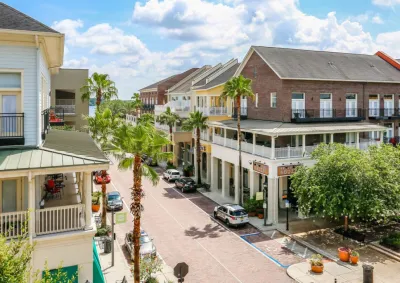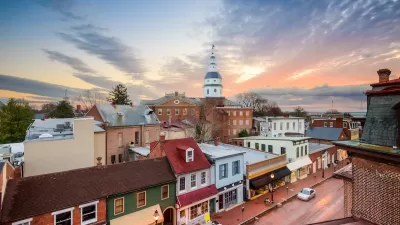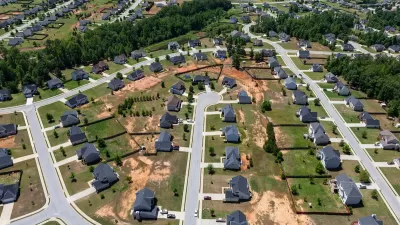The ‘Orange Code’ seeks to rectify decades of sprawl-inducing, car-oriented development.

Orange County, Florida has adopted what could be the nation’s largest form-based code (FBC). The ‘Orange Code,’ as it’s being called, was adopted at the same time as the county’s Vision 2050 comprehensive plan.
“The code covers land containing approximately 900,000 residents in unincorporated areas of Orange County and is designed to accommodate and direct growth toward walkable urbanism.” In a piece for CNU’s Public Square, Robert Steuteville explains that the code update does not apply to cities, which have their own zoning codes, and is geared toward suburban retrofits.
The code, which streamlines development applications and reviews and reduces the document from 1,200 pages to 400, is also being dubbed ‘Sprawl Repair’ for its goals of reducing outward expansion and encouraging infill development and increased density (although it doesn’t entirely eliminate minimum parking requirements, for example).
According to Matt Lambert of DPZ CoDesign, a consulting firm that spearheaded the new code’s creation, “The focus is to redevelop the county’s suburban arterials and collectors to create walkable urban centers connected by urbanized corridors that support public transit—this is 6 percent of the county’s land area.”
FULL STORY: Big form-based Orange Code adopted to repair Orlando sprawl

Planetizen Federal Action Tracker
A weekly monitor of how Trump’s orders and actions are impacting planners and planning in America.

Maui's Vacation Rental Debate Turns Ugly
Verbal attacks, misinformation campaigns and fistfights plague a high-stakes debate to convert thousands of vacation rentals into long-term housing.

Restaurant Patios Were a Pandemic Win — Why Were They so Hard to Keep?
Social distancing requirements and changes in travel patterns prompted cities to pilot new uses for street and sidewalk space. Then it got complicated.

In California Battle of Housing vs. Environment, Housing Just Won
A new state law significantly limits the power of CEQA, an environmental review law that served as a powerful tool for blocking new development.

Boulder Eliminates Parking Minimums Citywide
Officials estimate the cost of building a single underground parking space at up to $100,000.

Orange County, Florida Adopts Largest US “Sprawl Repair” Code
The ‘Orange Code’ seeks to rectify decades of sprawl-inducing, car-oriented development.
Urban Design for Planners 1: Software Tools
This six-course series explores essential urban design concepts using open source software and equips planners with the tools they need to participate fully in the urban design process.
Planning for Universal Design
Learn the tools for implementing Universal Design in planning regulations.
Heyer Gruel & Associates PA
JM Goldson LLC
Custer County Colorado
City of Camden Redevelopment Agency
City of Astoria
Transportation Research & Education Center (TREC) at Portland State University
Jefferson Parish Government
Camden Redevelopment Agency
City of Claremont





























